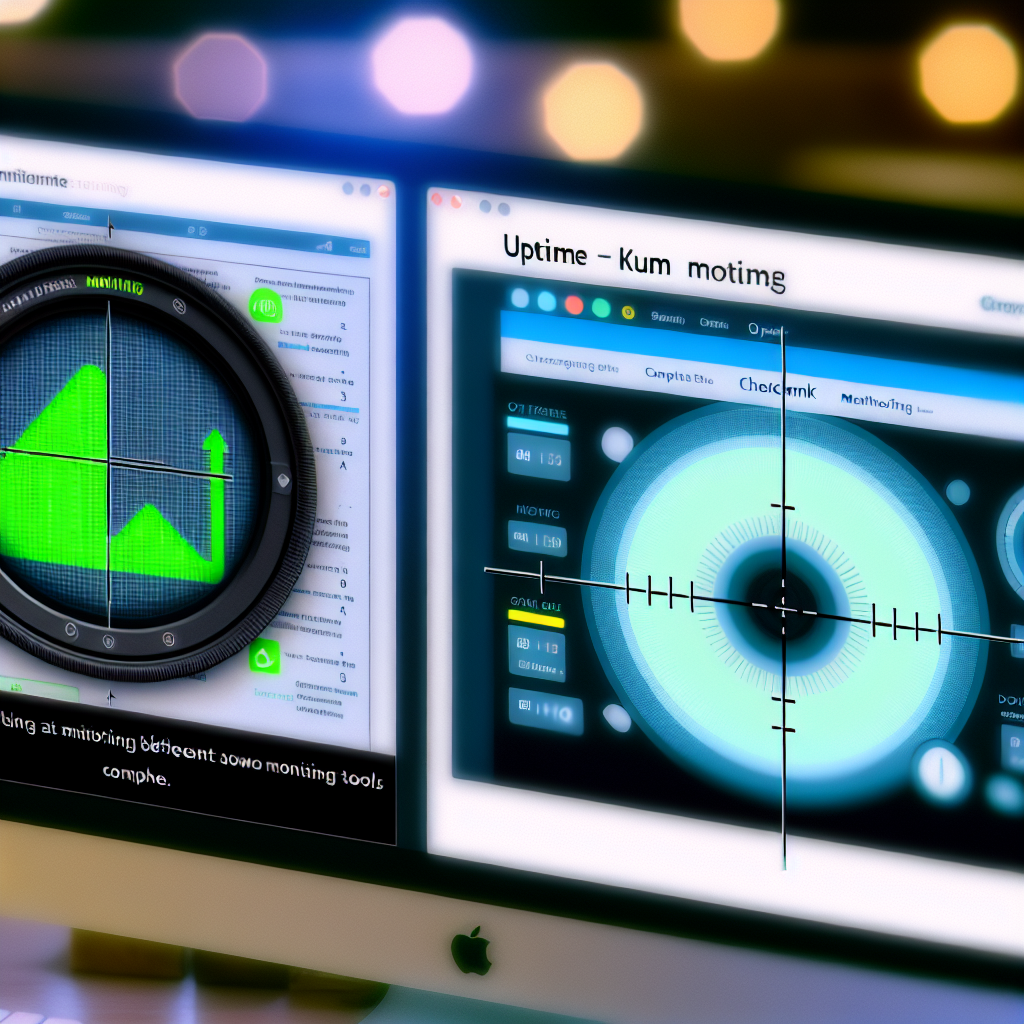Introduction
In today’s fast-paced digital environment, ensuring system uptime is crucial. Monitoring tools like Uptime Kuma and Checkmk provide essential insights into system performance. This article delves into the unique features, benefits, and drawbacks of these tools, guiding organizations to choose the best fit for their specific needs.
Features and Benefits of Uptime Kuma
Uptime Kuma is an open-source, self-hosted alternative designed to offer a simplified monitoring experience. Its user-friendly interface makes it easy for both technical and non-technical users to monitor the uptime of various services and websites. Key features include:
- Real-time Monitoring: Allows users to track the status of services in real-time, ensuring that any downtime is proactively managed.
- Flexible Notifications: Customizable alerts via multiple channels including email, SMS, and webhook integrations.
- Multiple Check Types: Support for HTTP(s), TCP, and more, accommodating varied monitoring needs.
- Customization: An intuitive dashboard with options for customization to align with specific user preferences.
However, Uptime Kuma may lack advanced features required by large enterprises needing extensive data analysis and integration options.
Checkmk’s Comprehensive Monitoring Solution
Checkmk is a robust, enterprise-grade monitoring solution offering extensive functionalities suitable for diverse IT environments. Key aspects include:
- Comprehensive Monitoring: Covers a wide range of infrastructures, from servers and networks to applications and cloud services.
- Scalability: Built to scale from small networks to large, complex IT environments, making it ideal for enterprises.
- Powerful Automation: Advanced automation capabilities reduce manual intervention, streamlining monitoring processes.
- Reporting and Analytics: Detailed reporting tools and analytics enable in-depth insights into system performance and trends.
Despite its powerful features, Checkmk might require a steeper learning curve and may not be ideal for small businesses with limited resources.
Conclusion
In conclusion, both Uptime Kuma and Checkmk serve unique roles in the monitoring landscape. Uptime Kuma excels in simplicity and ease of use, while Checkmk offers comprehensive, enterprise-level capabilities. When choosing between the two, organizations should consider their monitoring complexity, resource availability, and specific requirements to ensure the best choice for their operational needs.

Leave a Reply